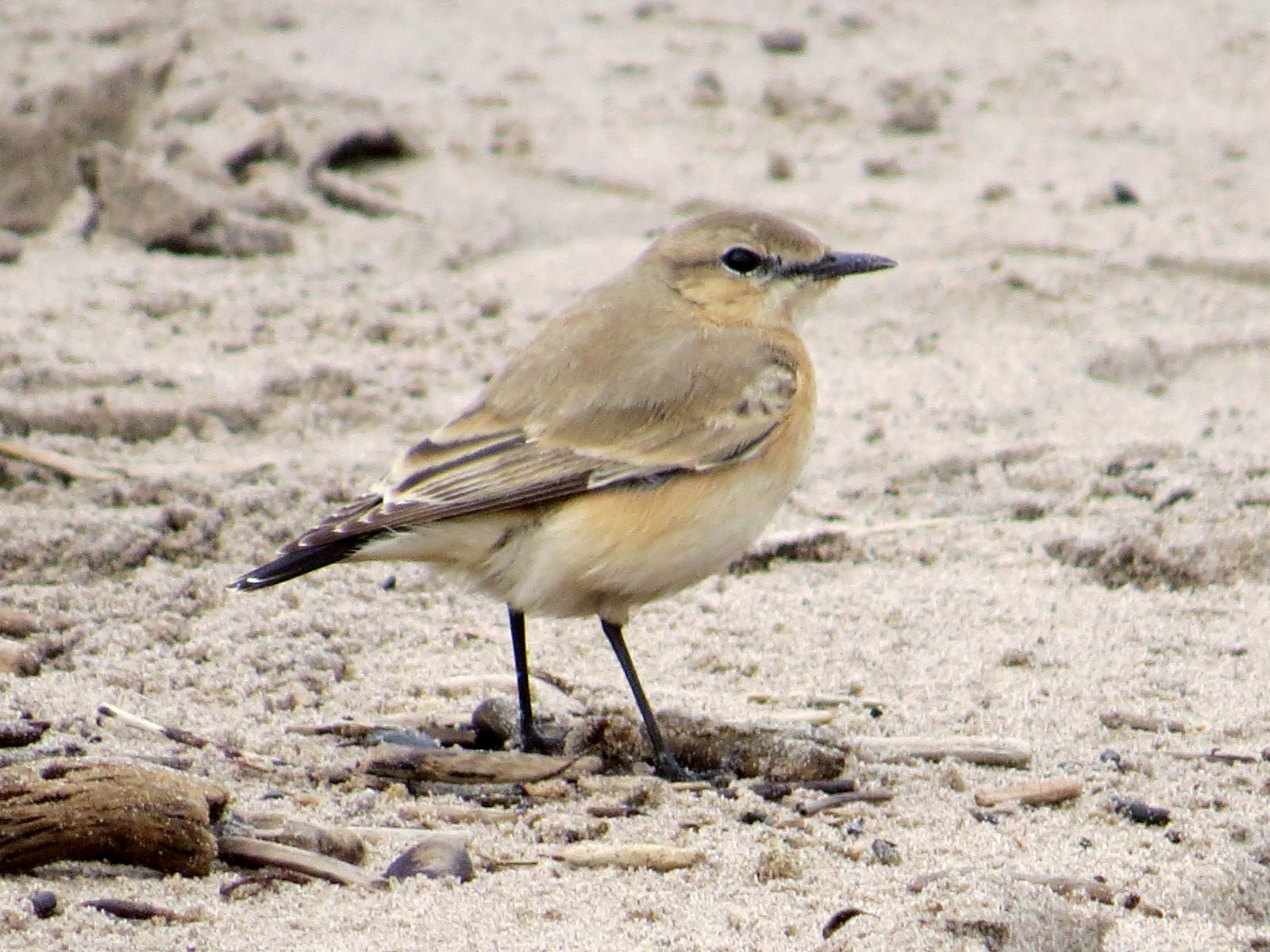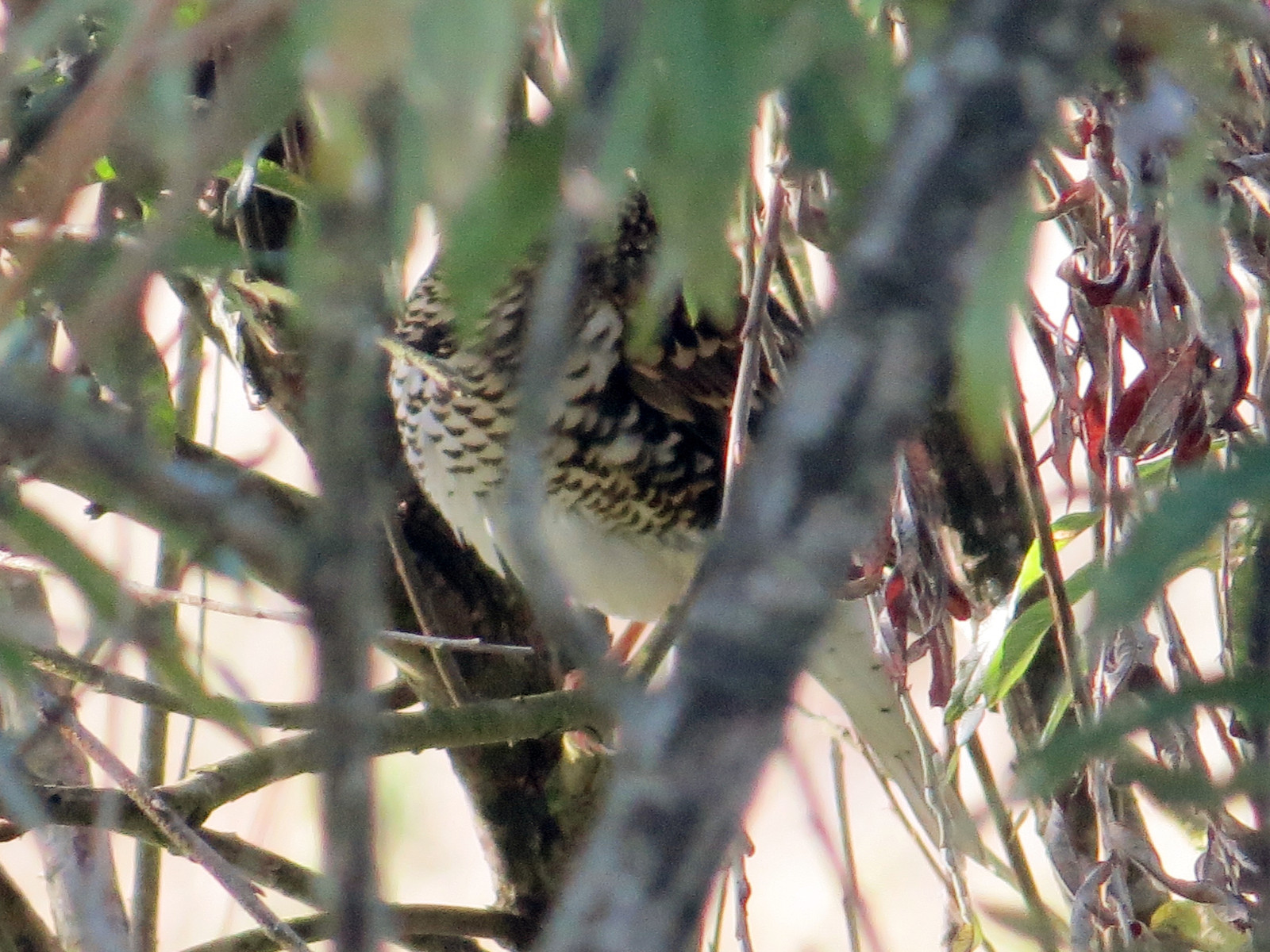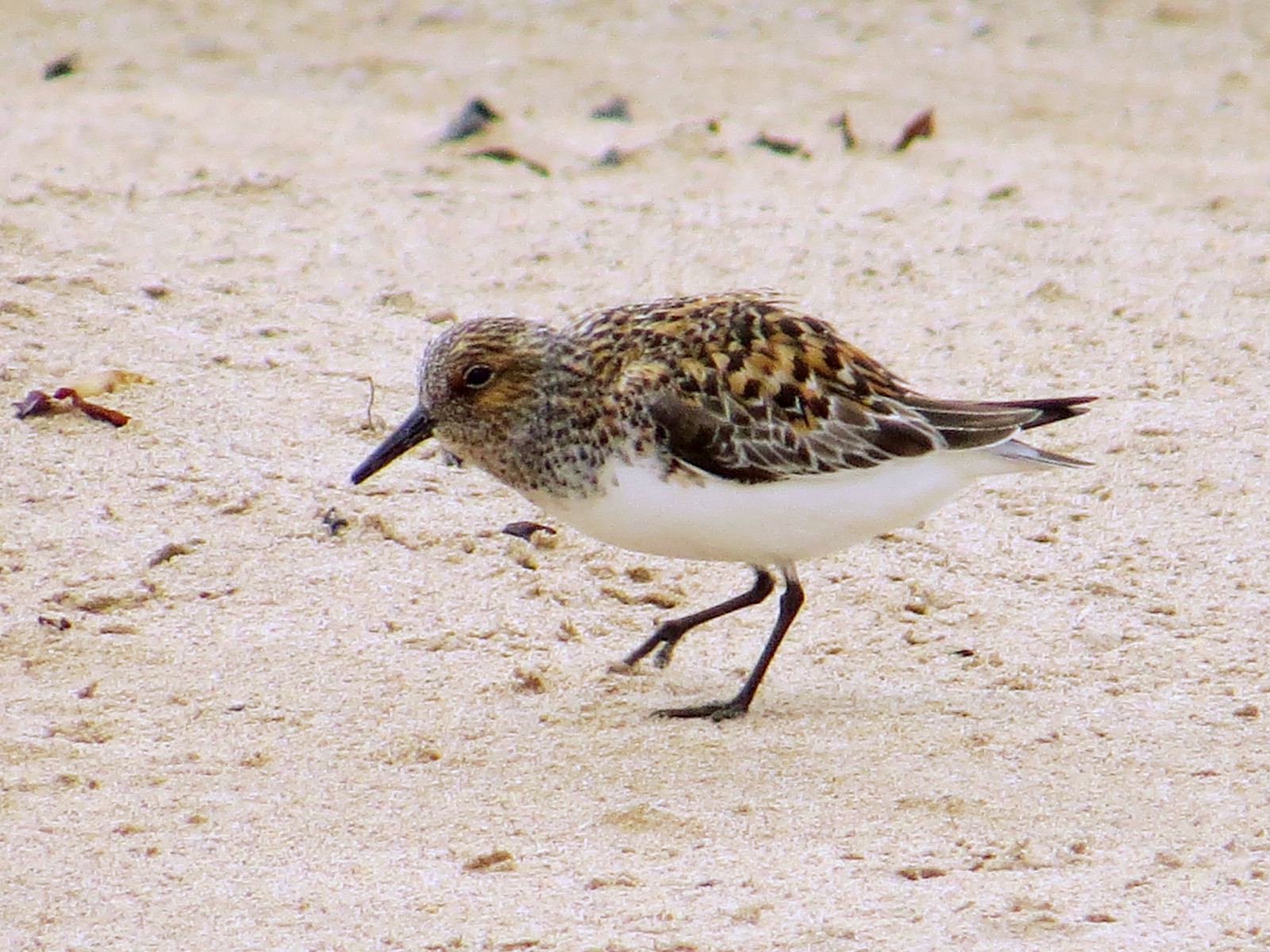Opis
Holy Island is a tidal island off Northumberland’s coast that becomes inaccessible when the tide covers its causeway. When it is safe to cross the causeway, it is a great destination for birders. Holy Island is part of the Lindisfarne National Nature Reserve, and considered to be one of the best birdwatching sites in Northumberland, with a large range of resident and visiting birds throughout the year. It is a regional hotspot for migrants in spring and autumn. Check tide tables before visiting (see the link below).
The island and the adjacent mudflats are the wintering range for almost the entire Svalbard population of Pale-bellied bernikla obrożna, and are also important for gęś krótkodzioba and łabędź krzykliwy, along with large numbers of ducks (notably ohar, świstun, cyraneczka, rożeniec) and waders (siewnica, biegus rdzawy, biegus zmienny, szlamnik, krwawodziób, and many others). In late May, the north shore is a major staging post for large flocks of sieweczka obrożna and piaskowiec heading for the high arctic, while biegus krzywodzioby and biegus malutki can often be found in late summer and autum. The large autumn flocks of siewka złota in the fields are also worth checking carefully for regular vagrant siewka szara; siewka złotawa has also been recorded several times.
In October and November, look for large arrivals of thrushes, mostly droździk and kwiczoł, but also śpiewak and kos (zwyczajny), and a few drozd obrożny; the fields around the Straight Lonnen often have the largest numbers. At the same time, the hedges on the Straight Lonnen and the scattered bushes in the dunes often have many warblers and chats, with kapturka, pierwiosnek and pleszka the most conspicuous, but also regularly other species like świstunka żółtawa, świstunka złotawa, jarzębatka, muchołówka mała, muchołówka żałobna, and podróżniczek.
Recent rarities have included ges zbozowa, gęś tundrowa, perkoz rogaty, mewa obrożna, nur białodzioby, kobczyk, dzierzba brazowa, dzierzba czarnoczelna,świstunka północna, wójcik, świstunka brunatna, świerszczak melodyjny, pokrzewka pustynna, pasterz, drozdon pstry, modraczek (zwyczajny), białorzytka płowa, trznadelek.
Szczegóły
Dostęp
Signposted east off the A1 at Beal; head east for 8 km on minor raod, across tidal causeway. Parking on left just before entering village. Limited parking off road in western part of the island. Nearest train station is Berwick, 12 km north. Possible to cycle but research before trying. On the map below you see a selection of walks around the island.
Teren i siedlisko
Rzadkie drzewa i krzewy , Łąka , Tereny podmokłe , Równina , Wrzosowisko , Morze , Jezioro , Plaża , Wydmy , Trzcinowiska , Błota , Rolnictwo/uprawyWarunki
Płaski , Otwarty krajobraz , Możliwy wysoki poziom wody , PiaszczystyTrasa dookoła
TakCzy luneta będzie przydatna ?
Może być przydatnaUdany sezon obserwacyjny
Przez cały rokNajlepszy czas na wizytę
Wiosenne migracje , Jesienne migracje , Zima , Wiosna , Jesień , LatoTrasa
Droga utwardzona , Szeroka ścieżka , Droga nieutwardzona , Wąski szlakPoziom trudności szlaku pieszego
Średnio wymagający spacerDostępne
Rower , PieszoCzatownia/platforma obserwacyjna
TakDodatkowe informacje
Holy Island is also known as Lindisfarne. Single bird hide overlooking The Lough (a small lake on the east side of the island). Viewpoint over small wetland (good for waders) on path from village to castle. Paths criss-cross the island and various circular walks can be made. Stay on marked paths as far as possible. Cattle graze the dunes. One site worth visiting is the Vicar's garden, in the SW corner of the village across the lane from the church (look over the wall from the adjacent pony field); vagrant warblers can be seen here after east winds in migration periods.



